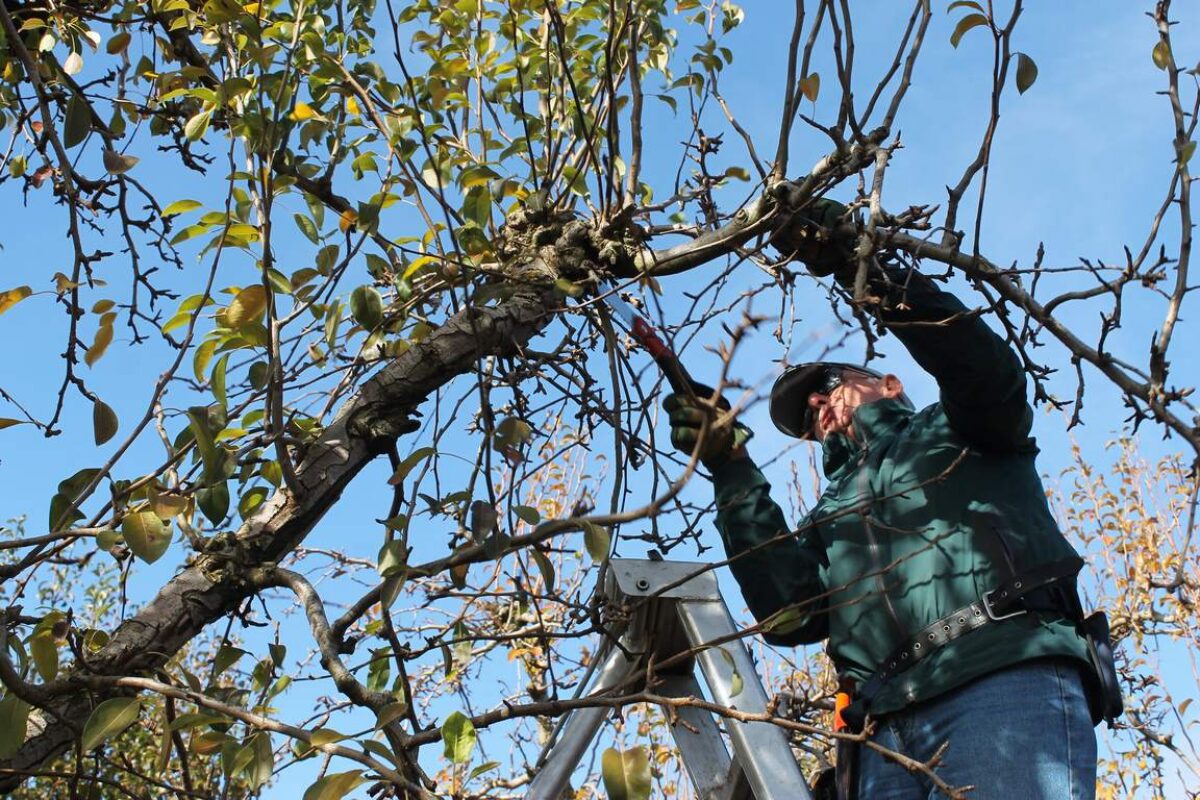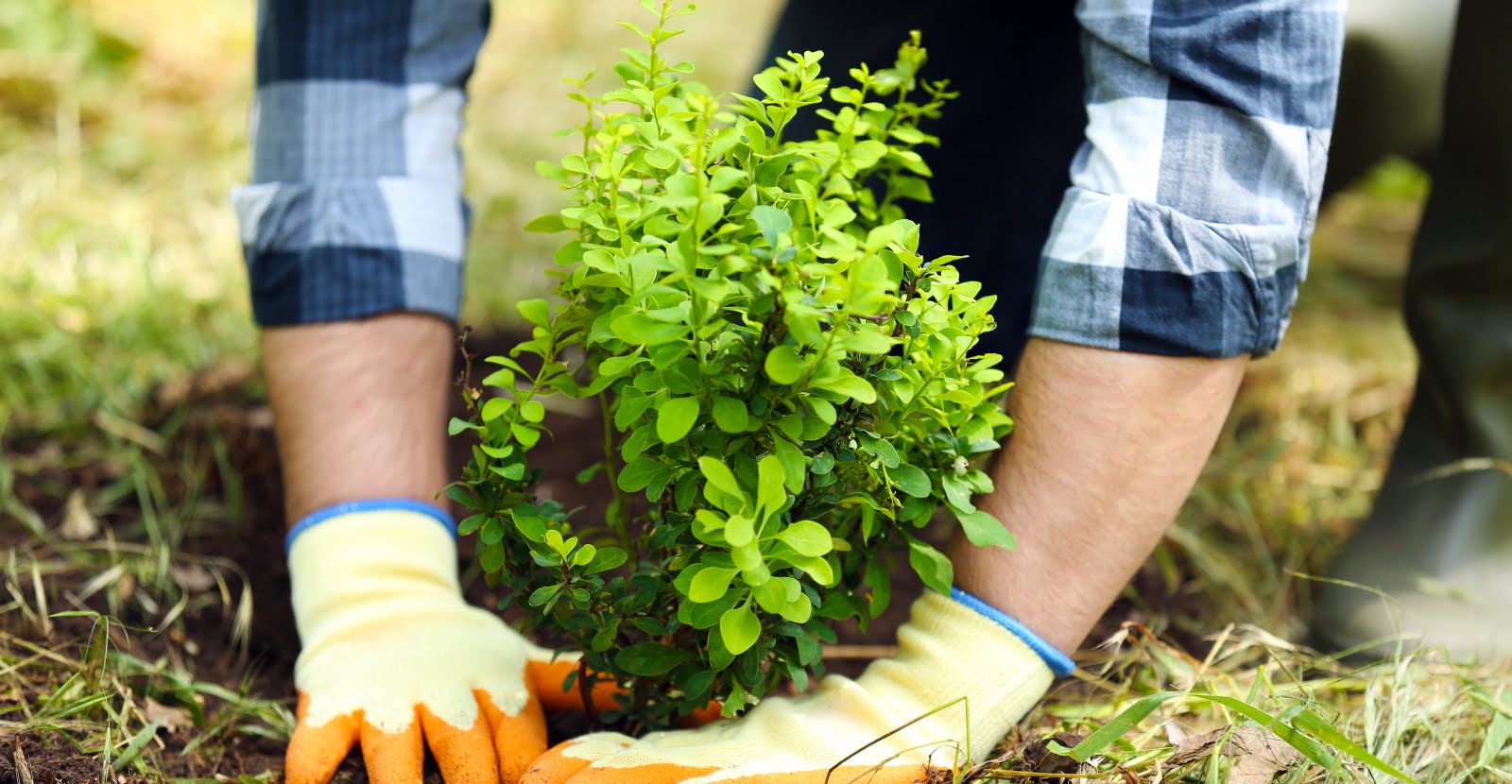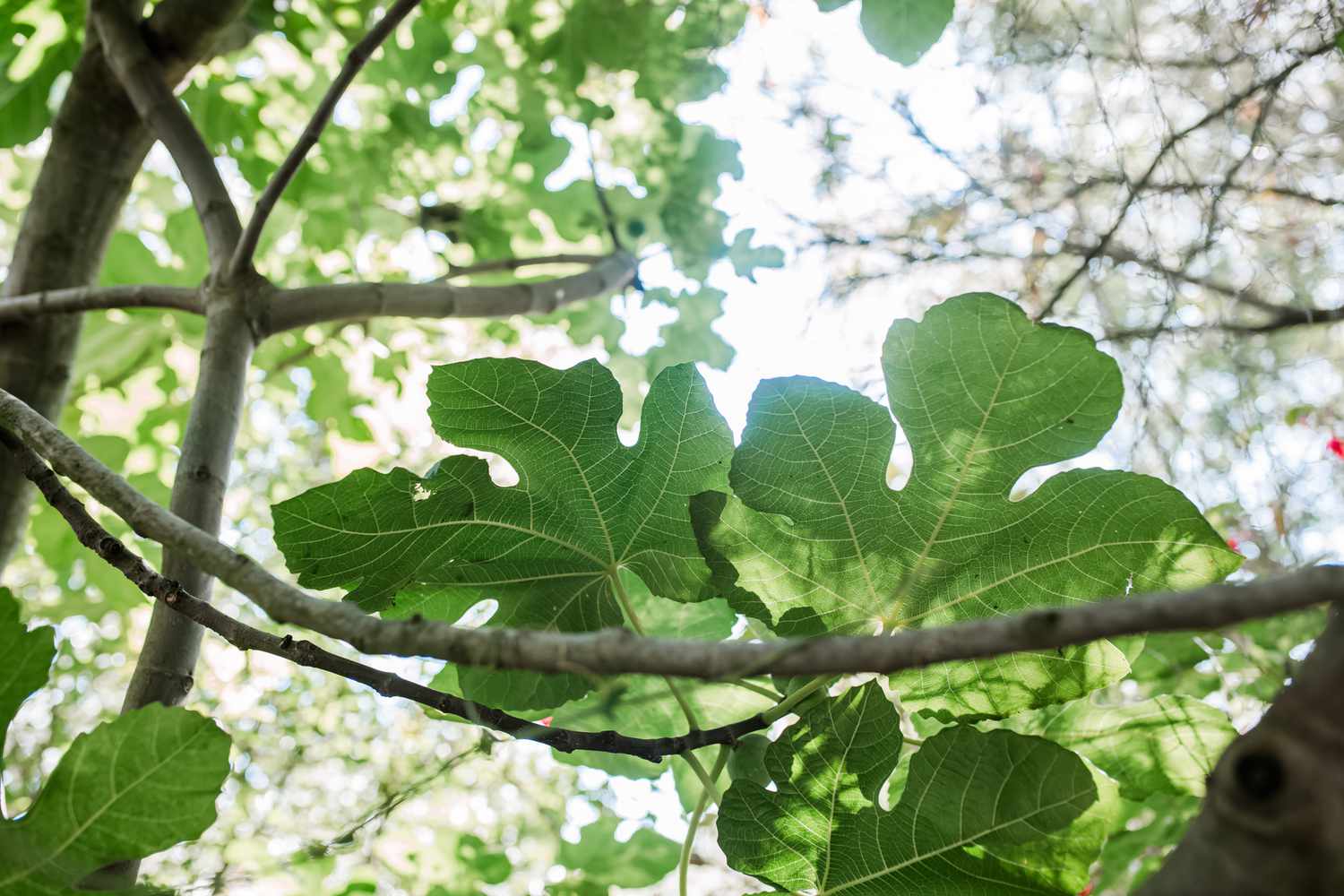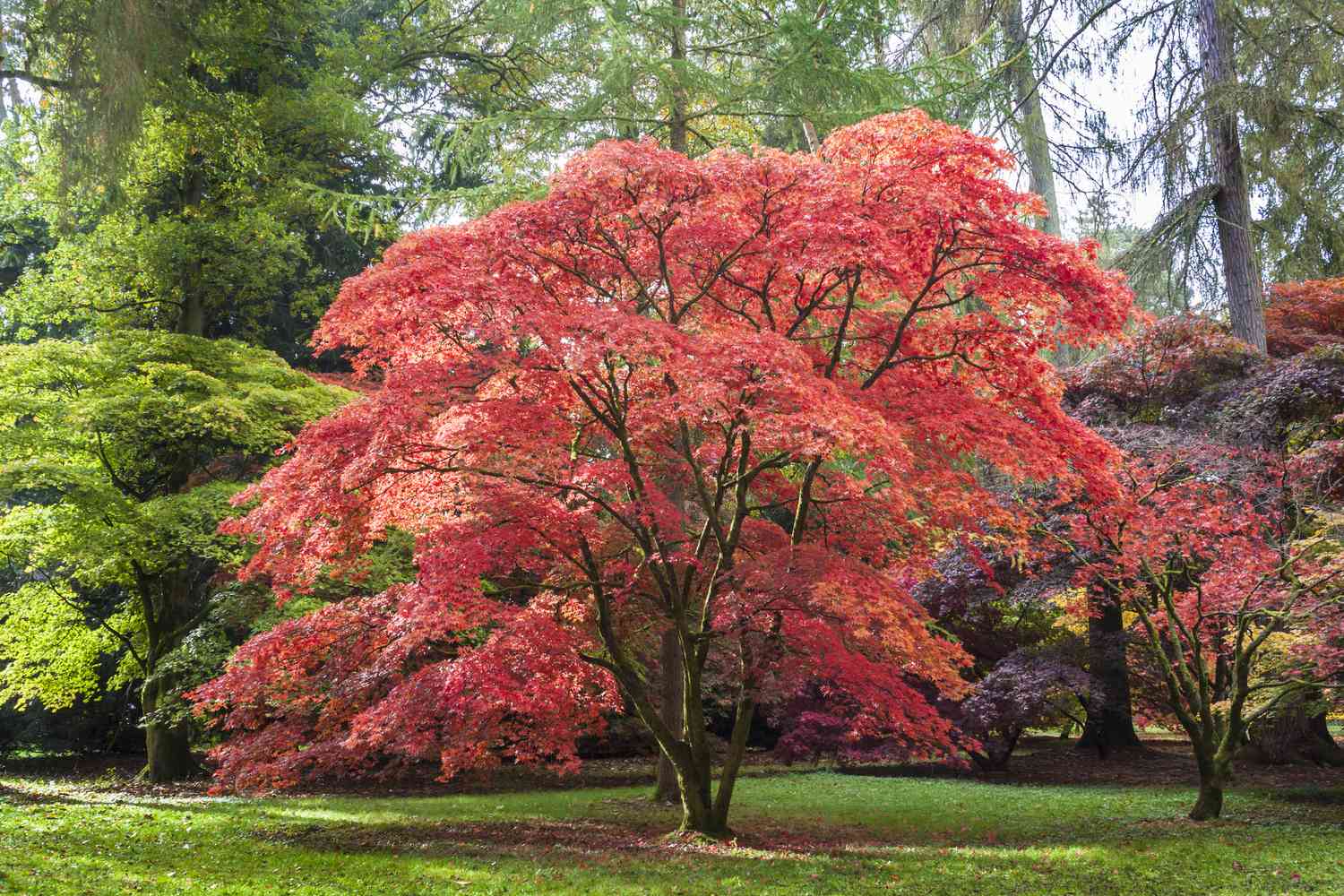Home>Gardening Techniques>Plant Care>When Is The Best Time To Prune Fruit Trees
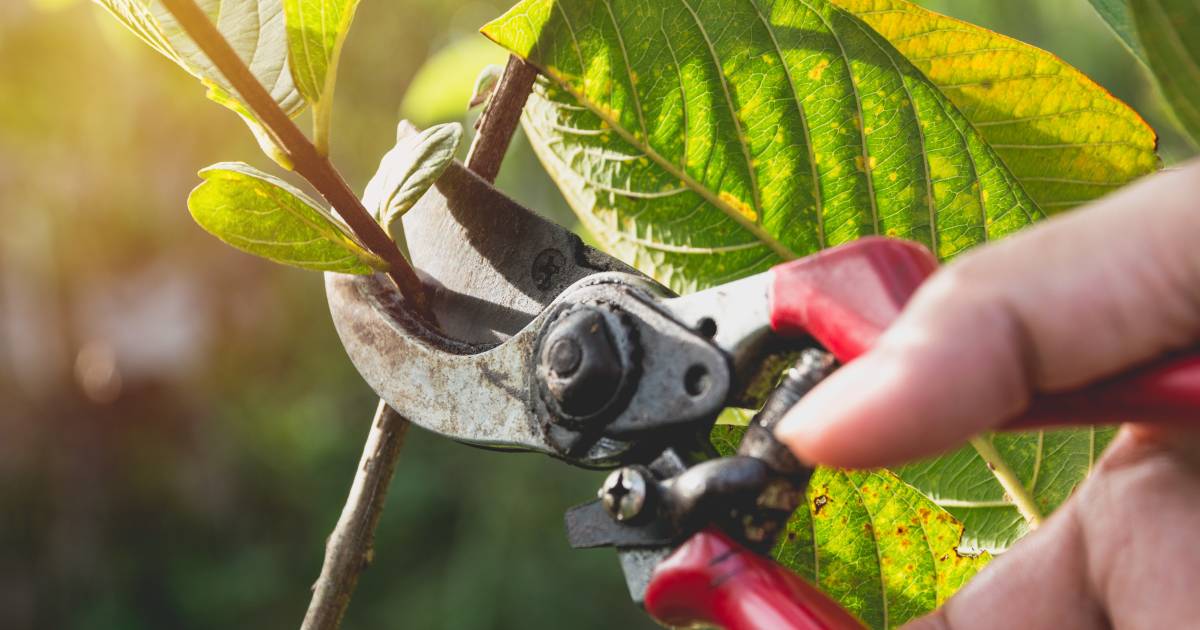

Plant Care
When Is The Best Time To Prune Fruit Trees
Modified: August 29, 2023
Discover the best time to prune fruit trees and ensure healthy growth with expert plant care tips.
(Many of the links in this article redirect to a specific reviewed product. Your purchase of these products through affiliate links helps to generate commission for Chicagolandgardening.com, at no extra cost. Learn more)
Table of Contents
Introduction
Pruning fruit trees is an essential practice to ensure their health, productivity, and aesthetics. It involves selectively removing certain branches, buds, or shoots to shape the tree, control its size, promote airflow, and encourage the growth of new fruit-bearing wood. However, pruning at the wrong time or in the wrong way can lead to negative consequences, such as reduced fruit production or increased susceptibility to diseases.
Timing is crucial when it comes to pruning fruit trees. Different species and varieties have specific requirements, and understanding the ideal timing for each will help maximize their potential. In general, there are two main pruning seasons for fruit trees: the dormant season and the summer season.
Dormant season pruning takes place during the tree’s winter dormancy, typically between November and March. This period is ideal for major structural pruning as the tree is not actively growing. Pruning during this time helps stimulate new growth and improves the overall structure and strength of the tree. On the other hand, summer pruning, usually done from late spring to mid-summer, focuses on fine-tuning the tree’s shape, managing its size, and controlling pests and diseases.
Before diving into the details of these pruning seasons, it is important to consider some factors that might influence the timing and extent of pruning. These factors include the tree’s age, health, growth habit, and overall objectives for pruning. Mature trees may require different pruning techniques compared to young ones, while diseased or damaged trees may need extra attention. Additionally, understanding the tree’s growth pattern and desired shape will help guide your pruning decisions.
Now that we have laid the groundwork, let’s delve into the specifics of dormant season pruning and summer pruning, as well as some useful tips to consider along the way. By gaining a deeper understanding of when and how to prune your fruit trees, you will be able to foster their growth and enjoy bountiful harvests for years to come.
Factors to Consider
When it comes to pruning fruit trees, several important factors need to be taken into consideration to ensure successful and effective pruning. These factors will help determine the timing, intensity, and technique of pruning, ensuring that you achieve the desired results. Let’s take a closer look at some key factors:
1. Tree Age: The age of the tree plays a crucial role in pruning. Young trees require shaping and training to establish a strong framework, while older trees may require more extensive pruning to maintain their size, shape, and health.
2. Health and Vigor: If your fruit tree is struggling with disease, pest infestation, or general poor health, it is important to address these issues before pruning. Unhealthy trees may not respond well to pruning and may require additional care to improve their overall condition.
3. Growth Habit: Understanding the growth habit of your fruit tree is essential for determining the appropriate pruning technique. Different species and varieties have varying growth habits, such as upright, spreading, or weeping. Knowing the natural growth pattern will guide you in shaping the tree accordingly.
4. Objectives: Establishing your objectives for pruning is crucial. Are you primarily pruning for fruit production, aesthetic appeal, or overall tree health? Clarifying your goals will help you make informed decisions about the extent and timing of pruning.
5. Climate and Location: The climate and location where your fruit tree is planted can also impact pruning. Certain regions may experience extreme weather conditions that require specific pruning practices to protect the tree from damage.
6. Fruit Bearing Pattern: Understanding how your fruit tree bears fruit is essential for proper pruning. Some trees produce fruit on one-year-old wood, while others bear fruit on the previous year’s growth. Knowing this pattern will help you determine which branches to retain and which to remove.
7. Tools and Safety: Ensure you have the right pruning tools and equipment for the job. Sharp bypass pruners, loppers, and pruning saws are commonly used for different pruning tasks. Additionally, prioritize safety by wearing gloves, safety goggles, and sturdy footwear to protect yourself while pruning.
By considering these factors, you can make informed decisions about when and how to prune your fruit trees. Remember, each tree is unique, and it’s important to assess its individual needs to achieve the best results.
Dormant Season Pruning
Dormant season pruning is an important practice to shape and improve the structure of fruit trees. It is typically carried out during the tree’s winter dormancy, between November and March, before new growth begins in spring. This period is ideal for major pruning as the tree is not actively growing, minimizing the stress of pruning and maximizing the tree’s response.
One of the main objectives of dormant season pruning is to remove any dead, diseased, or damaged branches. These can serve as entry points for pests and diseases, so removing them helps maintain the tree’s overall health. Additionally, eliminating branches that are crossing or rubbing against each other reduces the risk of damage and allows for better air circulation within the tree’s canopy.
Another crucial aspect of dormant season pruning is training the tree’s structure. Young fruit trees need proper training to establish a strong framework that can support future fruit production. This involves selecting a central leader or main trunk and removing competing leaders or branches. By maintaining a well-balanced shape, you encourage even sunlight distribution and minimize any weak or congested growth.
When pruning during the dormant season, it is important to remember a few key tips:
- Prune on a dry day: Moisture promotes the spread of diseases, so choose a day when the branches are dry.
- Use proper pruning tools: Sharp and clean pruning tools are essential for making clean cuts and preventing the spread of infections. Disinfect your tools before and after each use.
- Prune to an outward-facing bud: This encourages the growth of new branches that will grow away from the center of the tree, promoting better airflow and sunlight penetration.
- Remove any suckers and water sprouts: These are fast-growing, vertical shoots that can compete with the main branches for nutrients and light. Removing them helps redirect the tree’s energy to more productive branches.
- Prune strategically for fruit production: Pruning during the dormant season can impact fruit production. Consult specific pruning guidelines for your fruit tree variety to ensure you are not over-pruning and reducing the potential for fruiting.
Remember that dormant season pruning should not be excessively aggressive. The goal is to remove problem branches, improve structure, and maintain the tree’s health and vigor. Over-pruning can lead to reduced fruit production and make the tree prone to diseases. If you are unsure about the extent of pruning needed, consult a professional or refer to specific pruning guidelines for your fruit tree variety.
Summer Pruning
Summer pruning is an important maintenance practice that focuses on fine-tuning the shape, size, and overall health of fruit trees. Unlike dormant season pruning, which primarily targets structural pruning, summer pruning occurs during the active growing season, from late spring to mid-summer. It serves several purposes, including controlling the tree’s size, promoting air circulation, managing pests and diseases, and optimizing fruit production.
One of the main benefits of summer pruning is controlling the size and shape of the tree. By selectively removing excessive growth, such as water sprouts and suckers, you can prevent the tree from becoming too dense and reduce the need for aggressive pruning in the future. This also allows for better sunlight penetration throughout the canopy, which is crucial for fruit development and ripening.
Summer pruning is also effective in managing pests and diseases. By removing diseased or infested branches and thinning out the foliage, you create an environment that is less conducive to the spread of pests and diseases. Increased airflow within the tree’s canopy helps to dry out excess moisture and reduces the risk of fungal infections.
To successfully carry out summer pruning, consider the following tips:
- Prune in dry, warm weather: Pruning cuts heal faster in warm conditions, reducing the risk of infections.
- Focus on selective pruning: Remove any diseased, damaged, or crossing branches. Thin out excessive growth to allow for better air circulation.
- Be mindful of fruiting branches: Avoid removing too many fruiting branches as this can affect the current year’s crop. Instead, prioritize the removal of non-productive branches.
- Disinfect pruning tools: Clean and disinfect your pruning tools before and after each cut to prevent the spread of diseases.
- Monitor tree growth: Regularly assess the growth of your fruit tree throughout the summer. If excessive growth occurs, consider additional summer thinning to maintain the desired shape and size.
Keep in mind that summer pruning should be less aggressive compared to dormant season pruning. The goal is to maintain the tree’s shape and health, rather than making significant structural changes. If you are unsure about the extent of summer pruning required for your fruit tree variety, consult pruning guidelines specific to your tree or seek advice from a professional.
Pruning Tips
Pruning fruit trees can seem daunting, but with the right knowledge and approach, it becomes a manageable task that benefits the health and productivity of your trees. Here are some helpful tips to guide you through the pruning process:
- Know your tree: Familiarize yourself with the specific needs and growth habits of your fruit tree. Different trees require different pruning techniques, so understanding your tree’s characteristics will ensure you prune it properly.
- Prune for structure: When pruning young trees, focus on creating a strong framework and well-spaced branches. This helps the tree bear fruit evenly and supports its long-term stability.
- Make clean cuts: Use sharp pruning tools to make clean, angled cuts just above a bud or lateral branch. This ensures proper healing and minimizes the risk of disease or pest infestation.
- Remove dead and diseased wood: Regularly inspect your fruit tree for any dead or diseased branches. Removing them promptly helps prevent the spread of pathogens and keeps the tree healthy.
- Aim for balanced pruning: Maintain a balance between removing old wood and stimulating new growth. Over-pruning can affect fruit production, while under-pruning can result in overcrowding and reduced airflow.
- Thin out the canopy: Thinning the canopy helps improve airflow and sunlight penetration, promoting better fruit quality and reducing the risk of pests and diseases.
- Prune to open up the center: Removing branches that are growing towards the center of the tree opens up space, allowing sunlight to reach the inner branches and fruit-bearing wood.
- Consider the timing: Pruning during the dormant season or summer season has different purposes. Plan your pruning schedule accordingly, ensuring you do not interfere with the tree’s growth and fruiting cycles.
- Consult pruning guides: Each fruit tree species and variety may have specific pruning requirements. Refer to pruning guides or seek advice from experts to ensure you prune your tree correctly.
- Monitor and adjust: Regularly monitor your pruned fruit tree throughout the growing season. Make adjustments as necessary, such as removing water sprouts or thinning out excessive growth that may have occurred.
Remember, pruning is an ongoing process that requires observation, adjustment, and care. By following these tips, you will be well-equipped to prune your fruit trees effectively and enjoy the benefits of healthy growth and abundant harvests.
Conclusion
Pruning fruit trees is a vital practice that contributes to their overall health, productivity, and aesthetics. By understanding the factors that influence pruning decisions, such as tree age, health, and growth habit, you can effectively plan and execute the pruning process.
The dormant season provides an opportunity for structural pruning, shaping the tree’s framework, and promoting overall strength. On the other hand, summer pruning focuses on maintaining size, managing pests, and maximizing fruit production.
Throughout the pruning process, it is important to keep in mind some key tips. Prune strategically, making clean cuts to remove dead, diseased, or damaged branches. Aim for a balanced approach, thinning the canopy and opening up the tree’s center to promote airflow and sunlight penetration. Consider the timing and follow specific pruning guidelines for your fruit tree variety.
Regular observation of your pruned fruit trees allows you to spot any adjustments needed and ensure their continued health and vitality. By following these practices, you can cultivate thriving fruit trees that yield bountiful harvests for many seasons to come.

